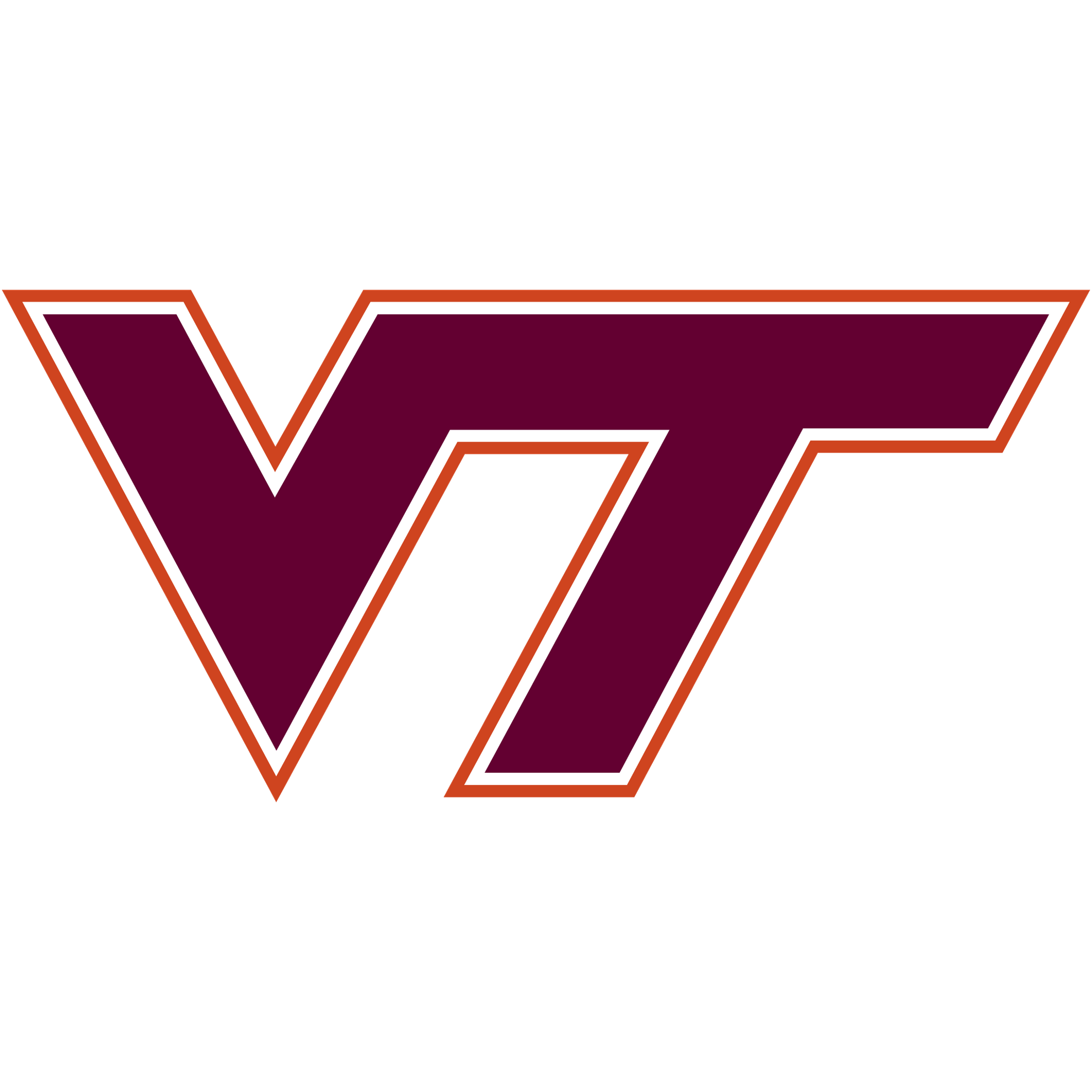Throughout preseason football camp, Assistant Director of Athletics Communications Rachel Perreault will take you on a behind-the-scenes look at different aspects of the football program that go beyond the practice field. In today’s third installment, she checks in with the Sports Medicine/Athletic Training staff.
With the first few days of camp out of the way, things are starting to become a little bit more routine for the sports medicine staff. By having players in town for most of the summer and with freshmen reporting for Summer Session II, a lot of the first-practice day chaos has been minimized for associate AD for sports medicine Mike Goforth and his staff. Though their schedule is all but relaxed, they get things like physicals, blood tests, concussion data and prior medical records out of the way before the first day of camp. They are also given a chance to get to know the squad’s newcomers and develop a relationship before there’s a need for some extended quality time.
Goforth, along with Keith Doolan and Brett Griesemer, are the full-time trainers on football. They utilize the work of three full-time graduate assistants and eight undergraduate assistants throughout the year, while also adding four student trainers from Radford to get through preseason camp. Responsible for not only attacking their own duties during camp, they also are relied on for providing pivotal information to the athletics communications office, as well as the NCAA, doctors' offices, strength and conditioning staff and coaches.
Once the players report, the staff has a chance to go through all the information they have gathered and figure out who is ready to go and what players are ready for what level of action.
Days begin for the training staff around 6:30 a.m. They get in early to begin doing treatment on the players. Fortunately for them, the NCAA does not allow the grueling two-a-days, so that allows the sports medicine staff a slower morning on most days. Very appreciative of this, it also gives Goforth and his staff a chance to get some paperwork done and plan things out in a relaxed setting, while the players and coaches are busy with meetings and lifting.
After performing some more treatments and taping, the staff heads out to practice in the afternoon. While Goforth and the other full-timers oversee the practice, the GAs and student assistants are spread throughout the different position groups and stations.
Wanting to make sure all the athletes stay healthy and hydrated, the staff requires the players to weigh in before and after practice to monitor weight loss, which can be caused by things like dehydration. Before the players ice down and hit the cold tubs after they practice, they get greeted by the staff with Gatorade and popsicles in effort to cool down both the inside and outside of the body.
Usually heading home around 8 p.m., the staff uses time after practice to prepare for the next day. One trainer also always sticks around until the players are done with meetings around 10 p.m. in case anything happens or any of them need further attention.
In an effort to always stay ahead of the curve, Goforth and his staff are in their 10th year of their helmet study and are always researching about things like concussions, heat-related illnesses and MRSA [a bacteria that causes infection]. He is constantly preaching about the importance of taking care of one's body and even makes an example of former players such as Pierson Prioleau, who had a long professional career and was always seen in the training room while he was at Tech.
“Mike always mentions that he [Prioleau] was always in there but not always injured,” receiver D.J. Coles said. “He just wanted to stay on top of things so it wouldn't get worse, and that is a good way to be. He played double-digit years, like 12 years, in the NFL so it goes a long way if you take care of your body, and the training room and staff allow you to do that.”
Coles is currently working his way back from a torn PCL, which happened in last year’s ACC championship game. Coles says he has spent pretty much every day in the training room since the injury, either preparing for surgery or doing physical therapy to work his way back onto the field.
Also, spending a bulk of his time in the training room is redshirt sophomore and offensive tackle Mark Shuman, who missed eight weeks last season with two different injuries to his right leg. Though Shuman’s injuries never took him down for the season, he is making an effort this preseason to keep that nagging right leg in top shape. By his own effort, he will head to the training room every day for treatment and utilize the opportunity to strengthen the muscles around his knee to prevent injury in the future.
Whether players are out for the year, curious for knowledge or just looking to stay at the top of their games, they get top care and attention from Mike Goforth and his staff, who ensure that for all Virginia Tech athletes who enter the Eddie Ferrell Athletic Training Facility.
